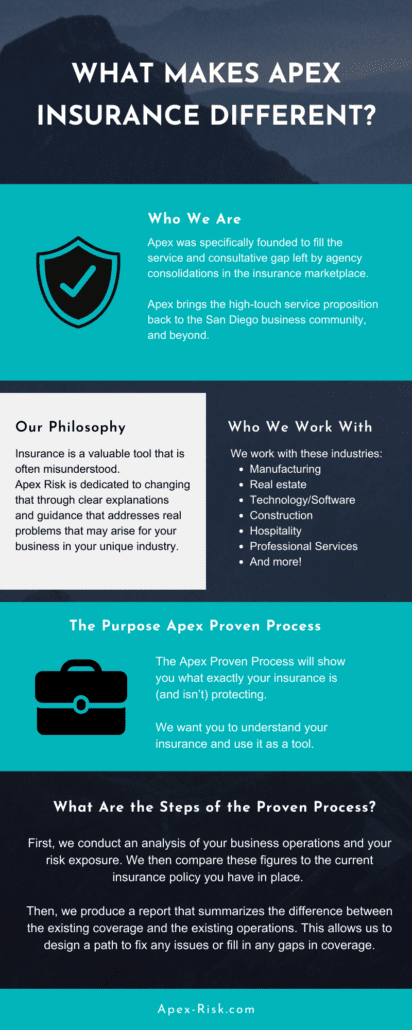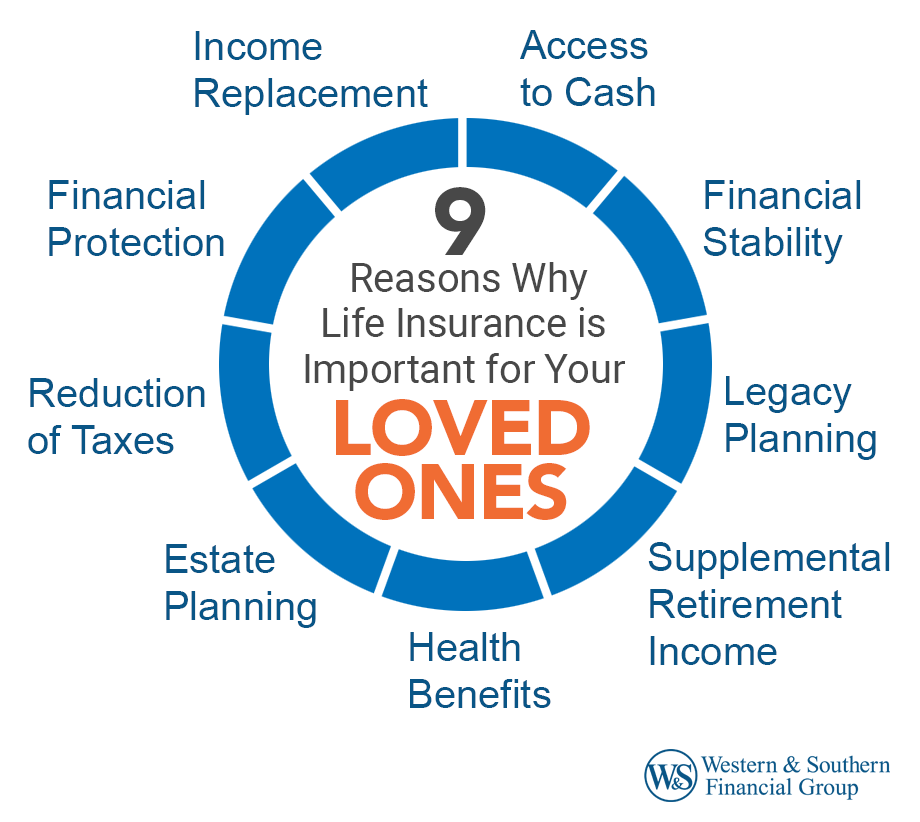The Main Principles Of Pacific Prime
The Main Principles Of Pacific Prime
Blog Article
See This Report about Pacific Prime
Table of ContentsSome Ideas on Pacific Prime You Need To KnowNot known Details About Pacific Prime Little Known Questions About Pacific Prime.Some Known Questions About Pacific Prime.
In most states, the insurer is needed to send you a duplicate of the modifications to your policy. It is necessary that you check out Recommendations or Cyclists so you understand exactly how your policy has altered and if the plan is still adequate to meet your demands. To acquire a duplicate of your insurance coverage, please call your insurance coverage agent or company.
The Institute of Medication (IOM) Committee on the Repercussions of Uninsurance launches a prolonged evaluation of proof that addresses the value of wellness insurance policy protection with the magazine of this report. Coverage Issues is the very first in a series of 6 records that will be released over the following two years documenting the reality and effects of having an approximated 40 million individuals in the USA without medical insurance coverage.

How Pacific Prime can Save You Time, Stress, and Money.
The goal of this series of research studies is to refocus policy attention on a longstanding problem. Following the longest financial expansion in American history, in 1999, an estimated one out of every six Americans32 million grownups under the age of 65 and greater than 10 million childrenremains uninsured (Mills, 2000).

10 percent of the populace represent 70 percent of healthcare expenses, a connection that has actually continued to be continuous over the past three decades (Berk and Monheit, 2001) - global health insurance. Therefore medical insurance remains to serve the function of spreading out danger also as it significantly finances routine treatment. From the point of view of healthcare suppliers, insurance coverage lugged by their people aids protect an income stream, and neighborhoods take advantage of economically feasible and steady healthcare professionals and institutions
Federal government supplies health insurance policy to populations whom the private market might not serve efficiently, such as disabled and seniors, and populaces whose access to wellness care is socially valued, such as kids and pregnant ladies. The ultimate ends of health and wellness insurance protection for the private and neighborhoods, consisting of work environment neighborhoods of staff members and companies, are boosted health and wellness end results and lifestyle.
Getting My Pacific Prime To Work
Employees rate health insurance first without a doubt in significance among all the benefits supplied in the office (Salisbury, 2001). Although there have actually been large investments of individual and public funds to give medical insurance, lots of people still have no coverage. In spite of extensive reporting of survey findings and healthcare research study results, the general public continues to be overwhelmed and misinformed about Americans without medical insurance and the effects of doing not have protection.

Without question, the complexity of American wellness care funding systems and the wide range of resources of information include in the public's confusion and skepticism regarding wellness insurance stats and their interpretation. This report and those that will certainly comply with purpose to distill and present in readily understandable terms the considerable research study that births on concerns of medical insurance protection and its importance.
Fifty-seven percent of Americans polled in 1999 believed that those without wellness insurance policy are "able to get the treatment they need from doctors and healthcare facilities" (Blendon et al., 1999, p. 207). In 1993, when nationwide interest was focused on the problems of the uninsured and on pending health care regulation, just 43 percent of those polled held this belief (Blendon et al., 1999).

They likewise get fewer preventative services and are less likely to have regular look after persistent conditions such as high blood pressure and diabetes. Persistent diseases can result in expensive and disabling complications if they are not well taken care of (Lurie et al., 1984; Lurie et al., 1986; Ayanian et al., 2000). One national survey asked greater than 3,400 adults about 15 very serious or somber problems.
Pacific Prime for Dummies
Extra evidence is offered later in this phase in the conversation of insurance and access to wellness treatment. https://experiment.com/users/pacificpr1me. People without wellness insurance are young and healthy and choose to go without insurance coverage. Virtually fifty percent (43 percent) of those checked in 2000 believed that individuals without medical insurance are more probable to have health issue than individuals with insurance policy
Citizens and plan manufacturers in emphasis team conversations identify those without insurance policy as young individuals that have the opportunity to be covered and feel they do not require it (Concierge Novelli, 2001). Contrasted to those with at the very least some private coverage, the uninsured are less most likely to report remaining in exceptional or great wellness (Firm for Medical Care Study and Quality, 2001).
RESOURCE: Facility for Cost and Funding Research Studies, Agency for Medical Care Study and Top quality, based on MEPS information. Young grownups in between 19 and 34 are far much more likely to do not have medical insurance than any type of other age team. This is primarily due to the fact that they are less usually eligible for employment-based insurance policy because of the nature of their work or their brief tenure in it.
The assumption that people without insurance have better-than-average health complies with from perplexing the relatively young age profile of the without insurance with the much better wellness, generally, of younger individuals. This obscures the web link in between health standing and medical insurance. For those without access to office health insurance coverage, inadequate health and wellness is a potential obstacle to purchasing nongroup coverage due to the fact that such protection might be very priced, see this exclude pre-existing problems, or be just not available.
Report this page